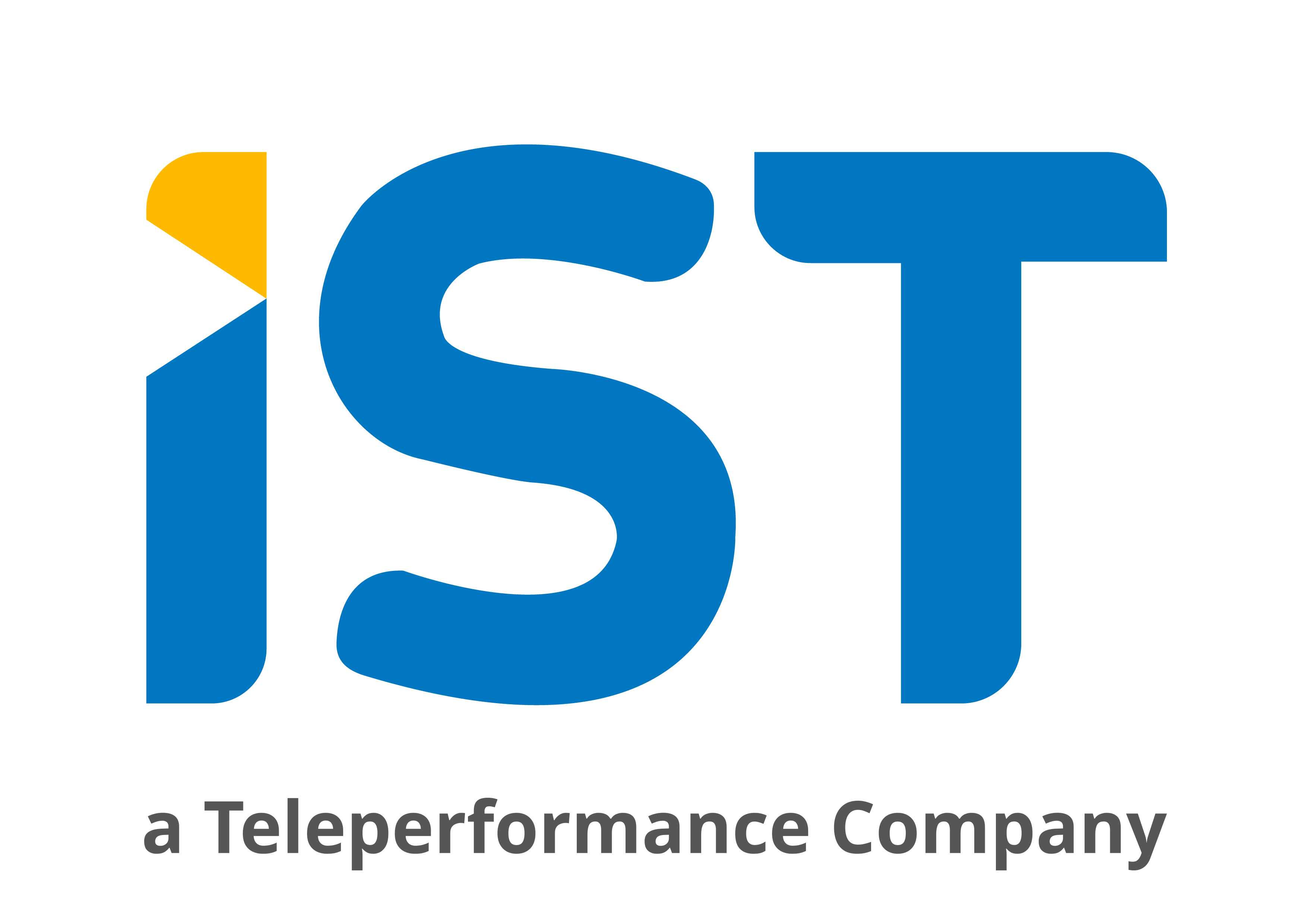
5 challenges back-office operations face
Companies worldwide have faced critical challenges: growing their businesses without sacrificing profitability or customer satisfaction.
However, the breakneck pace of technology innovation coupled with customers’ increasing expectations and demands can be a formidable combination to handle. It’s easy for customer loyalty to disappear if service levels are not met.
In this article, we will explore the various challenges that a company’s back-office operation faces. You’d also learn how an Intelligent Workload Distribution (IWD) solution can overcome them.
Managing Customers’ Expectations With Back-Office Operations Optimization
Expectations around how service is delivered are changing. Increasingly, the traditional agent is not where customers expect to find answers to queries and solutions to problems. They now prefer self-service and automated options.
Companies today must consider how they can best provide service to their customers. It starts by devising the best way to allocate responsibility within their organizations. They must sift through processes and technologies to achieve these goals.
Most enterprises focus on improving their customer service at the front end, and few put effort into solving problems with their internal processes.
Traditional task distribution significantly impacts how companies perform. However, the back office work volume increases with added communications channels and customer expectations. The result is task distribution chaos. Many tasks are not being fulfilled on time.
Business process management (BPM) solutions have been used in back offices for years. These solutions provide a toolset for automating the back office (as well as many other types of activities). However, BPM solutions concentrate on automating the workflow. The movement of work from one activity to the next. BPM does not optimize staff performance, productivity, and quality. This shortcoming leaves the following five significant back-office staff-related challenges unresolved.
- Manual and micro-management
- Backlogs and low SLAs
- Lack of visibility and information
- Priority of individual(cherry-picking tasks)
- Unfair work allocation
How Does IWD Help Address Those Challenges?
Automatically captures tasks & work items from siloed systems such as CRM, BPM, marketing tools, email, and workflow systems. Then does the following:
- Applies business rules to classify, prioritize, and re-prioritize tasks.
- Will route each task to the next available, best-skilled agent in the enterprise at the optimum time.
- Monitor and report enterprise-wide comprehensive operational insights for workload trends, SLAs, and employee performance. Reports are available on dashboards in real-time and over time.
Back-Office Optimisation Benefits With IWD
- Command and control the enterprise-wide operation from a single solution without replacing any systems or process
- Ensuring SLAs are achieved for every task, boosting CX scores with high NPS, good word of mouth, and better retention, therefore, more profit.
- It frees the manager’s capacity to focus on forwarding planning and employee performance with automatic work allocation and enterprise-wide real-time and historical insights.
- Unlocking the full potential of the back-office increases efficiency by an average of 25%.
Final thoughts: Adopting a mindset for digital transformation
Organizations need to be able to evolve and deliver on customer expectations. Responsibility for providing an excellent customer experience is no longer isolated to one department. Still, everyone must work together to deliver an efficient, hassle-free service that keeps the customer happy. IWD is designed to help you overcome such challenges and over achieve daily office operations

